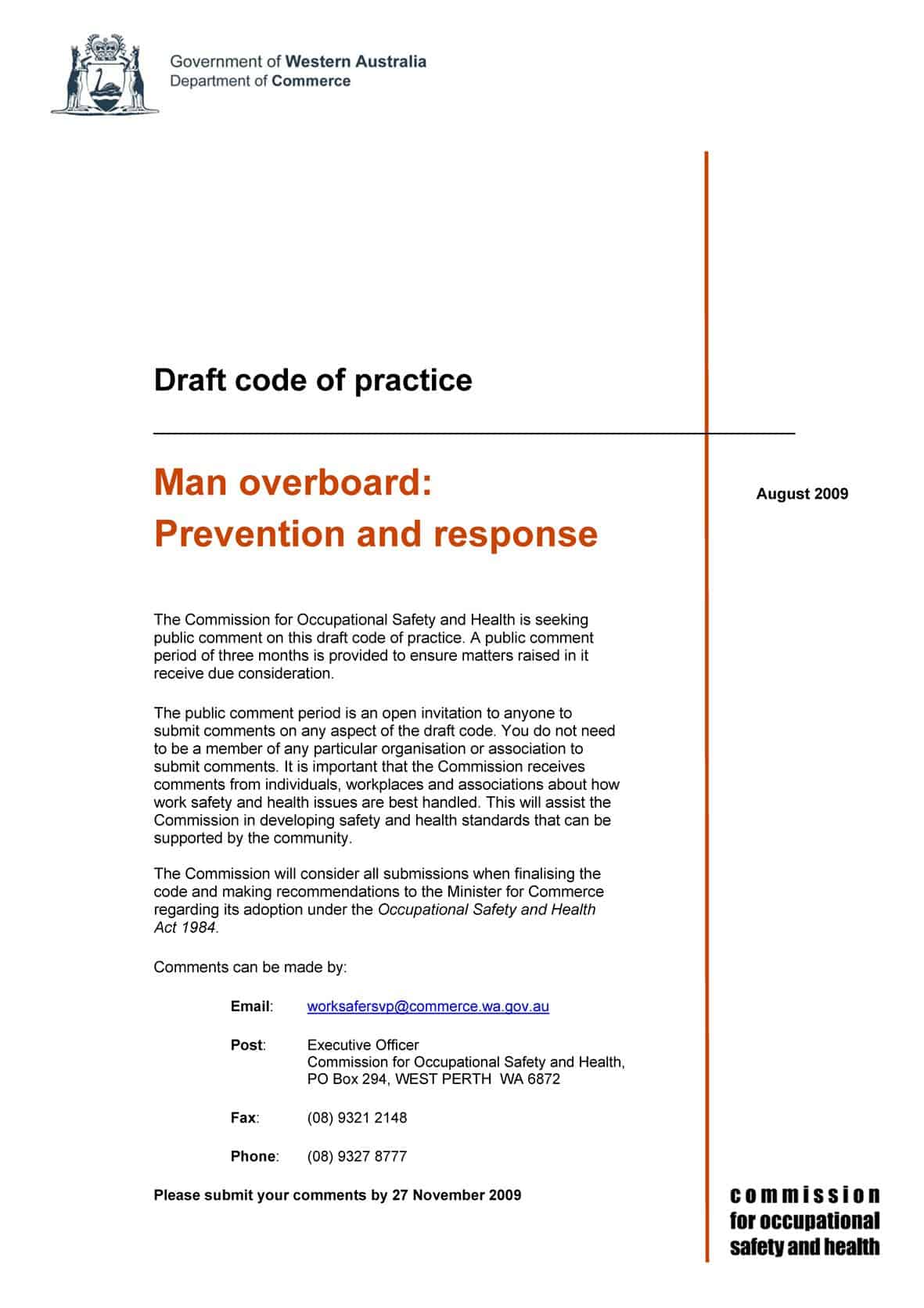Today, 1,500 union health and safety representatives attended a one-day seminar in Melbourne concerning occupational health and safety. The seminars were supported by a range of information booths on issues from support on workplace death, legal advice, superannuation and individual union services.
Kevin Jones, the editor of SafetyAtWorkBlog took the opportunity to chat with a couple of people on the booths about OHS generally and what their thoughts were on workplace safety.
The latest SafetyAtWork Podcast includes discussions with the Asbestos Information and Support Services, the AMWU and TWU.
The podcast can be downloaded HERE



